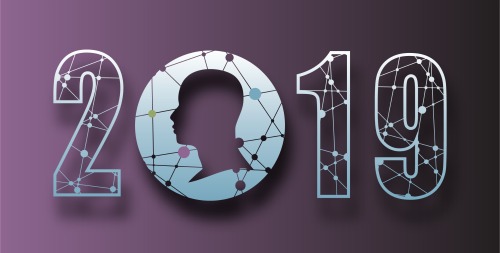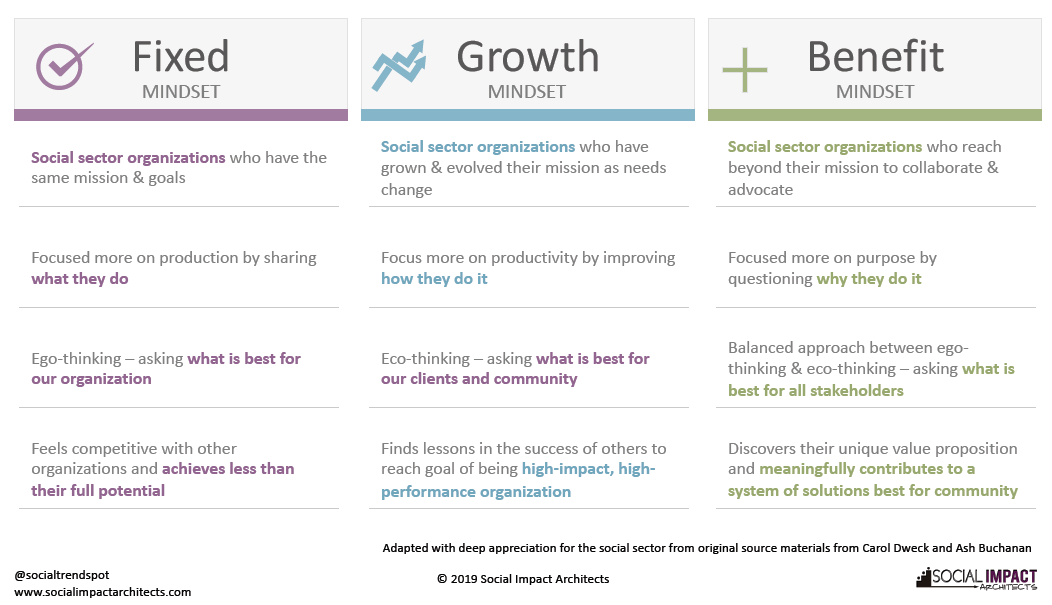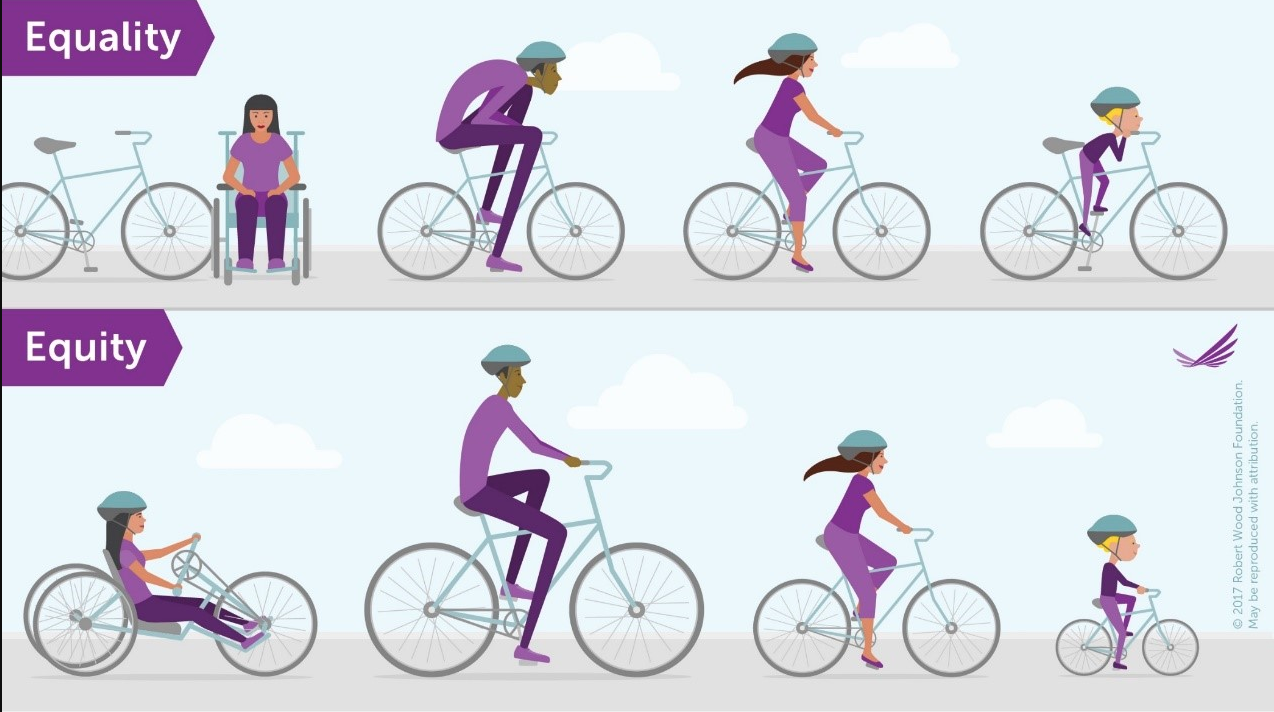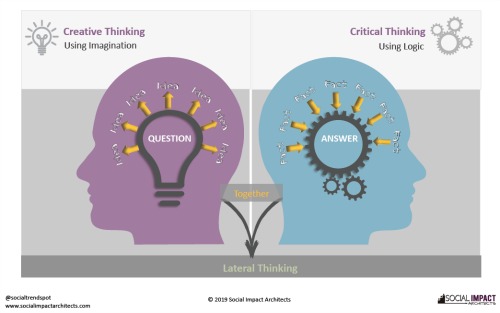 I have always been fascinated by the Titanic. When the movie came out and the exhibition opened, I was first in line for both. I am fascinated by it not just for its story or the glamour of the time, but because of why the ship met its tragic fate. The Titanic – the “unsinkable” ship and the largest, most luxurious ocean liner of its time – crashed into an iceberg in 1912. It was a perfect storm of extraordinary factors coming together: speed, ice and hubris. That dangerous combination claimed the lives of 1,500 of its 2,200 passengers.
I have always been fascinated by the Titanic. When the movie came out and the exhibition opened, I was first in line for both. I am fascinated by it not just for its story or the glamour of the time, but because of why the ship met its tragic fate. The Titanic – the “unsinkable” ship and the largest, most luxurious ocean liner of its time – crashed into an iceberg in 1912. It was a perfect storm of extraordinary factors coming together: speed, ice and hubris. That dangerous combination claimed the lives of 1,500 of its 2,200 passengers.
In the social sector and in life, risk and opportunity surround us all the time. We engage in strategic planning to chart our direction and use sophisticated tools to get us to our destination. But, where we end up often depends on how we respond when we inevitably go off course. And, no matter how many plans we execute or how much technology we use, our results are largely determined by how we interact with other people and the world around us. While there is no shortage of frameworks to guide us, these can only help us structure and carry out organizational improvements. They won’t get us to our destination without the right values, culture and mindset.
In my 28 years in the social sector, I have come to believe in what business experts call “the iceberg effect.” Just like the circumstances that brought the downfall of the Titanic, we often don’t see (or want to see) what is right in front of us. We spend most of our time reacting only to what is “above water” and not what is below, which includes the often-invisible factors that drive our organizations and communities. In 2019, we believe one of the strongest trends in the social sector will be focusing our efforts not only on “the way we say we work,” but also “the way we really work.”
More and more, research indicates that one of the keys to managing these changes is mindset – the frame of mind through which we perceive, interpret and organize our complex world. In fact, science is showing – through studies with athletes, medical patients and students taking tests – that subjects change their reality by shifting their mindset. Managing a social sector organization is not only about having a strategic plan, cultivating a strong board, or satisfying your donors, clients and employees, but it is also about cultivating the right mindset of curiosity, continuous improvement and change management.
For better or worse, our mindset is our own unique collection of beliefs, attitudes and habitual thinking. It influences what we do and, ultimately, the results we get. Unfortunately, though, it can also create blind spots for us. This year, we dedicate our 2019 word shifts to one of the key areas that propel organizations and communities forward or holds them back: mindset.
- Benefit Mindset vs. Fixed & Growth Mindset: Carol Dweck’s landmark research, which led to her 2006 book, Mindset, divides people into one of two mindsets: fixed or growth. In a fixed mindset, people believe their basic qualities, such as intelligence, are simply fixed traits. In a growth mindset, people believe their basic abilities can be developed. Recently, a group of researchers in the United Kingdom, led by Ash Buchanan, have expanded on her research and believe there is a third mindset: benefit mindset. Benefit mindset focuses less on individual success and more on collective good, and it represents our interconnectivity as a community. Benefit mindset deeply resonates with me; I think it is a better construct for our work in the social sector where our goal is to build a better world together. As I tell my students – strive for significance rather than success. Success is getting to the top of your career. Significance is getting to the top, but bringing people along with you, so they too can experience success. We have thoughtfully evolved their thinking for the social sector in the following framework.
- Equity vs. Equality: I couldn’t be more thrilled that we are engaging in a real conversation about equity (rather than equality) in our efforts to create opportunity for all. Equality is treating everyone the same. Equity is appreciating that everyone is different and needs different things to be successful. Or, as Audre Lorde said, “It is not our differences that divide us. It is our inability to recognize, accept and celebrate those differences.” I love this graphic (pictured below) by the Robert Wood Johnson Foundation that showcases this concept. As social change leaders, we must be early adopters of this mindset and seek to rebalance our efforts toward equity. This is about more than lip service – it is about actions within and outside our organizations to ensure fairness for all.
- Lateral Thinking vs. Creative or Critical Thinking: In his groundbreaking work, Edward de Bono discussed the difference between types of thinking and how to avoid impeding success by being aware of how you think. It was also the genesis of his Six Thinking Hats. As we have discussed in past blogs, one of our character flaws in the social sector is our “niceness syndrome.” We avoid conflict and tension rather than embracing it to build something better together. Lateral thinking showcases how we create a culture that uses both methods – creative and critical thinking – in a blended, purposeful way to find the best solutions for our cause.
- Flexible & Focused vs. Focused: When I meet with clients, I have observed that people tend to fall along a continuum of focused vs. flexible thinking. Those who have a flexible mindset are open to change as well as input from others and the environment to continuously shape goals. The upside is they are nimble and responsive, but the downside is their plans keep changing course, making them tough to follow. Those who have a focused mindset are hyper-focused on results and following a given course. The upside is they are easy to follow, but the downside is that they often don’t change, even when icebergs are ahead. The best mindset of all is one that is both flexible and focused – focused enough to have a clear course and well-defined roles and responsibilities yet flexible enough to gather input from external sources and change as needed.
- Excellence vs. Effort: In the social sector, we are busy doing things, but rarely stop to reflect on whether those things are creating results. As we discuss in our post on the activity trap, “busyness” is as much a factor of how much we must do in a day as much as a sign of the times. It is also influenced by how much need exists – we want to do it all to help our clients and community. But, this effort-focused mindset means we often experience mission drift and do work that isn’t in our sweet spot (also called unique value proposition). It also drives burnout. We believe that more organizations are striving for clarity around their mission as well as utilizing their unique assets and staying focused on what they do best. Excellence requires a mindset of deep introspection and a relentless pursuit of continuous improvement. This year, we will be sharing a model we use with clients, Mission-Money Matrix, as a tool to help build this clarity.
By challenging ourselves and evolving our mindset, we can begin to achieve greater success in our organizations and for our clients. It requires us to be aware of our preferred mindset and stay open to growth as conditions change. If you missed our word shifts from the past six years, please check them out! We welcome your feedback on these or other word shifts. Future blogs will delve further into each of these topics, and, as always, if you loved what you read, pass it on to others.




